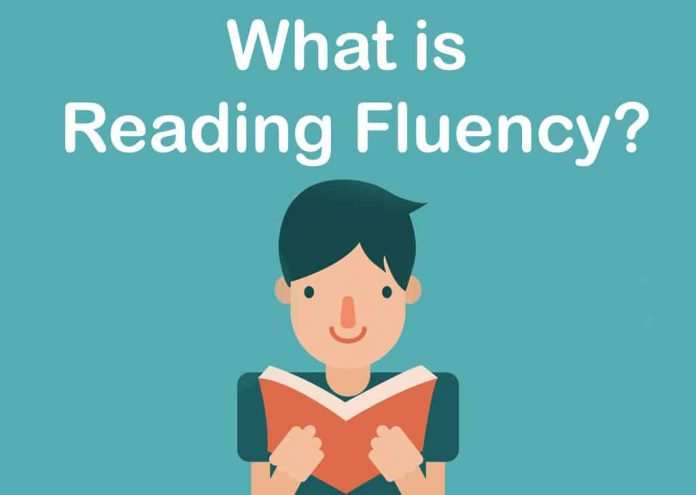Fluency is a step in the reading process. This article will outline the definition and factors affecting reading fluency. Find out how fluency is measured and whether fluency can be improved in elementary school children.
What is Reading Fluency?
Fluency describes how a person reads. A child who reads fluently has the ability to read at an appropriate speed, accurately and understands the text.
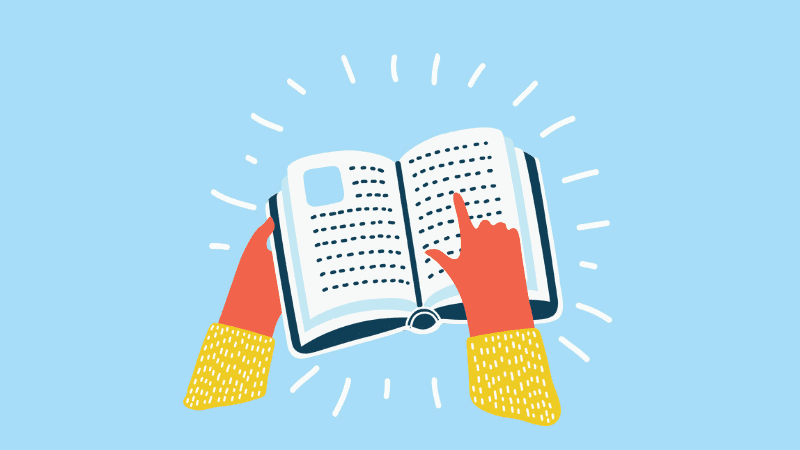
They read with correct pronunciation, pauses, and generally read with expression. Fluency is part of the reading process that fits in between decoding and comprehension. A child who can’t read fluently is working so hard on decoding that he doesn’t have extra attention for comprehension.
Skilled readers need to be able to read fluently, yet it is the most neglected reading skill in North American schools.

In the publication, Listening to Children Read Aloud: Oral Fluency, (August, 1995) The National Center for Educational Statistics declared that only fifty-five percent of fourth grade boys and girls were fluent readers. Schools generally focus efforts on teaching children to decode words accurately and then stop formal reading instruction.
How is Fluency Measured
Reading fluency can be measured in order to determine if a child is experiencing difficulty. Fluency is measured in Correct Words per Minute (CWPM). It is most accurate if the test is performed three times and the average is calculated.

Have the child read a text that is at the right level. A book or text is a good level if it can be 95% accurately decoded. Count how many words the child reads in a one minute period. Subtract the number of words that were incorrect, including mispronunciations and substitutions. If the child self-corrected, it is not considered an error. The CWPM will be the words read minus the errors.

In Overcoming Dyslexia, Dr. Sally Shaywitz [Random House Inc] says the expected Correct Words per Minute are as follows:
- End of Grade 1 – 50 to 80
- End of Grade 2 – 70 to 100
- End of Grade 3 – 100 to 130
- End of Grade 4 and over – 120 to 170
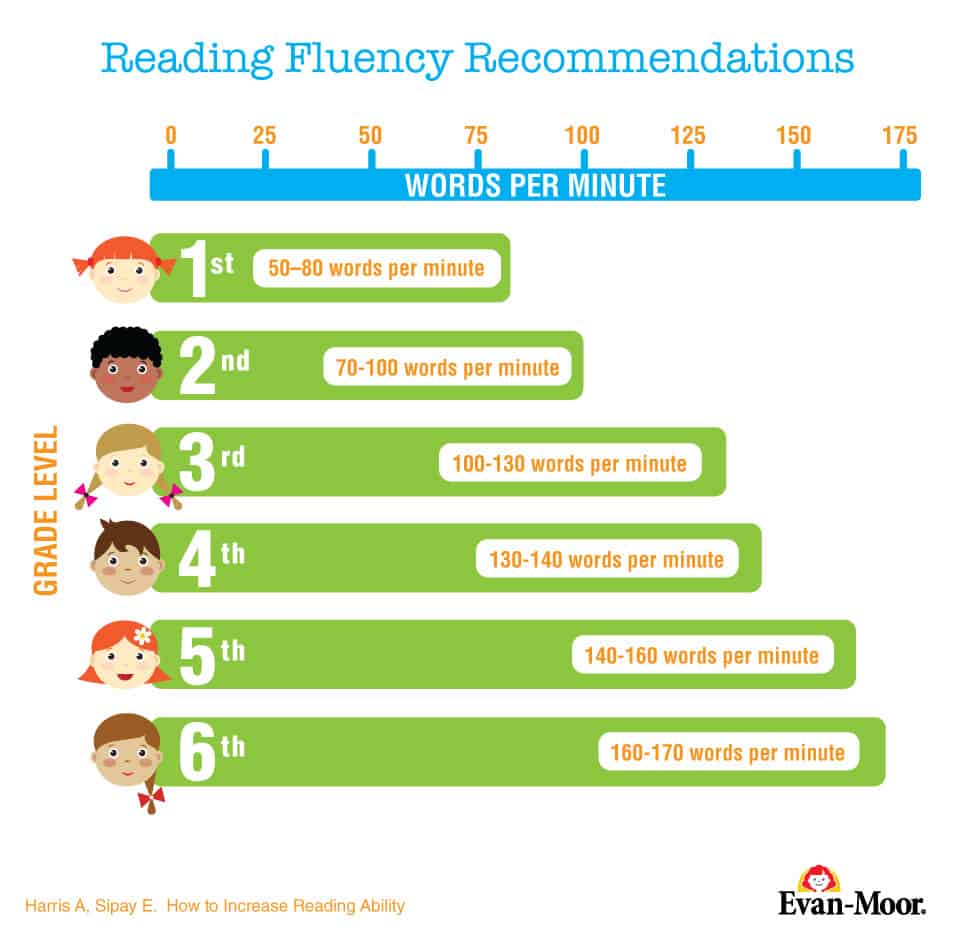
Children who are not meeting their target Correct Words per Minute can improve on their scores with a reading program. Realistically, young children can improve their score by 1 or 2 CWPM each week.
- What Is Aromatherapy Vs. What Are Essential Oils?
- What is La Tomatina in Bunol, Spain Like? What to Expect at the Famous Tomato Throwing Festival
Successful Reading Programs Teach Fluency
Building fluency is a skill that can be taught. In addition to classroom teaching of fluency, programs implemented by parents or tutors are beneficial.
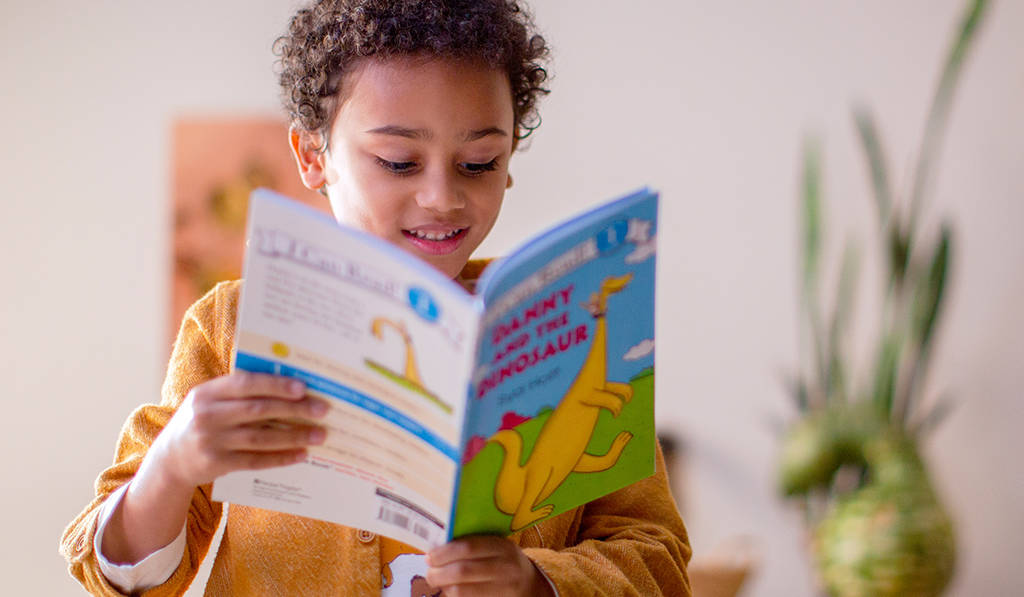
Various programs are effective, however, they all share three common elements.
- Oral Reading – Lessons focus on reading orally, instead of silently
- Opportunity to Practice – Children need to read and reread texts for fluency to develop. Adults should provide a model of fluent reading. Various programs call for different arrangements of turn-taking between the adult and child.
- Feedback – Positive feedback regarding pronunciation and smoothness will build confidence and fluidity.
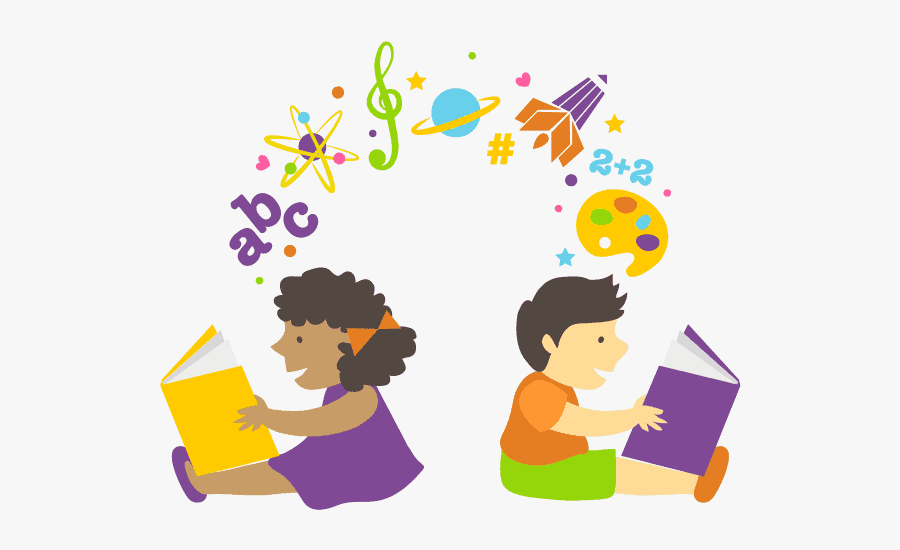
Fluency training is most effective when practiced consistently, however, only fifteen minutes a day is sufficient. Reading fluency is an important, yet often neglected, component of the reading process.
Fluency is the ability to read quickly, accurately and effortlessly. Smooth, expressive reading can be measured and taught. This article tells parents and teachers how they can do both.


